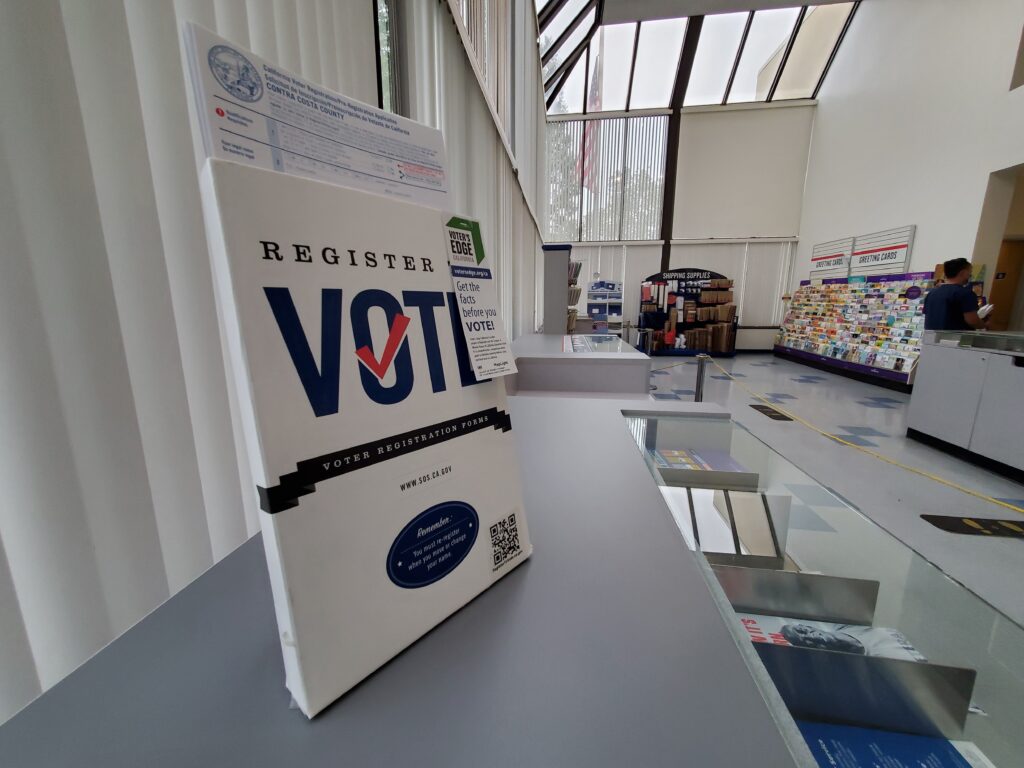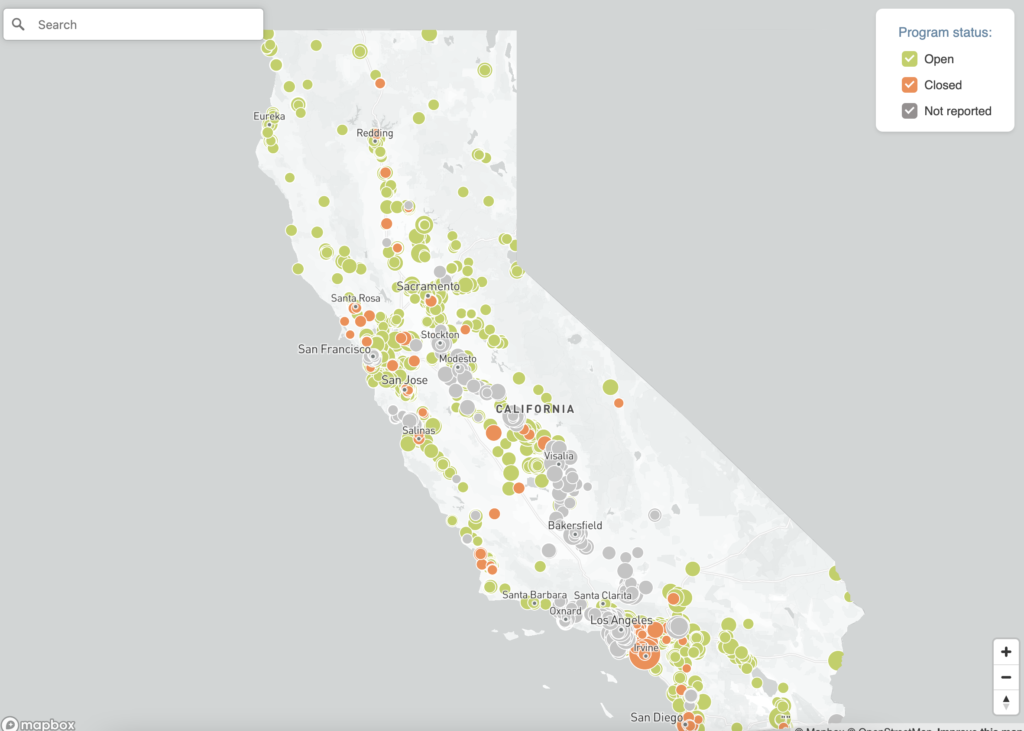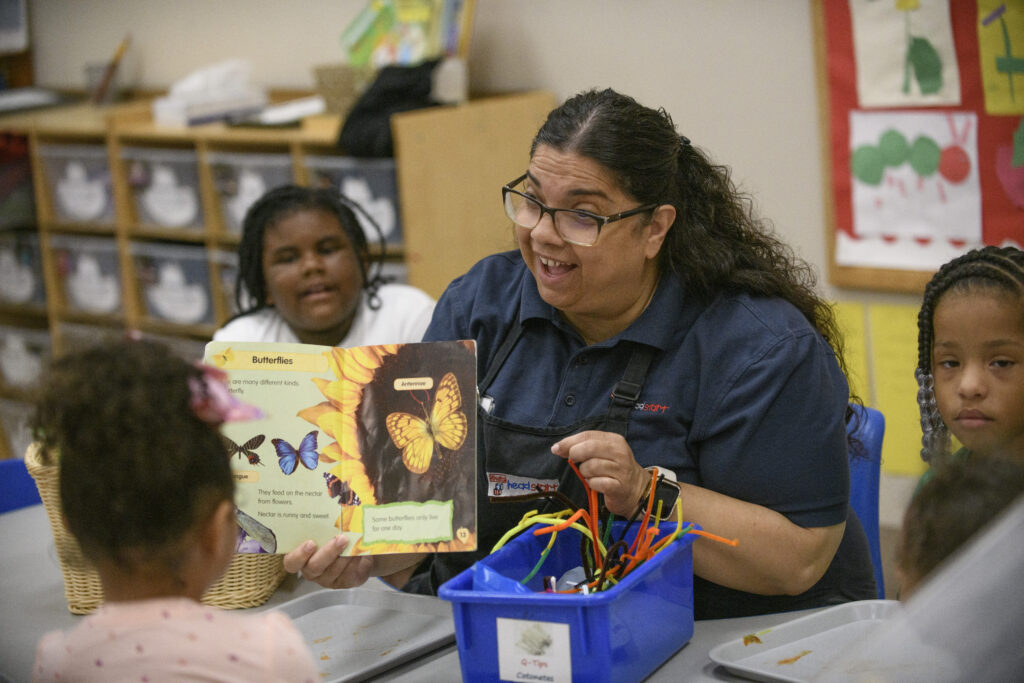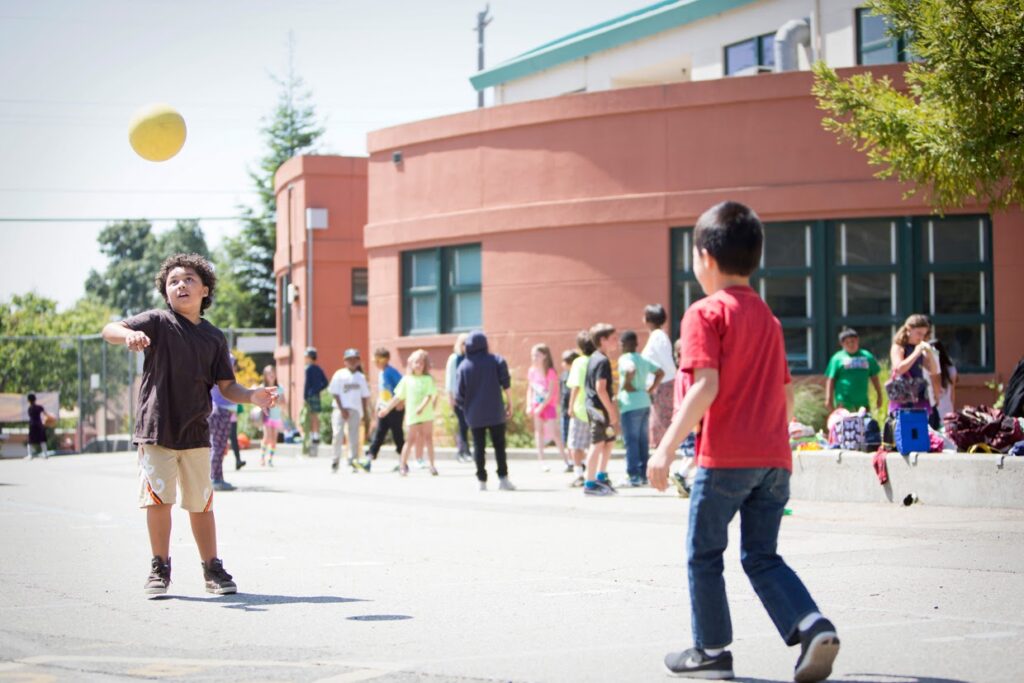
Daylarlyn Gonzalez organizes a class project among freshmen at Arvin High taking a dual enrollment course through Bakersfield College.
Credit: Emma Gallegos/EdSource
A new report delivers bad and good news for the Central Valley.
The bad news: The vast majority of parents, 79%, want their children to get a bachelor’s degree, but just 26% of students in the region are on pace to achieve that.
The good news: Central Valley educators in both K-12 and higher education are pioneering strategies that could transform the region’s low college attainment rates. That includes broadly expanding dual enrollment opportunities; increasing the number of students meeting requirements to graduate from high school; and creating regional partnerships to smooth key transitions between high school, community college and four-year universities.
A sweeping new report, “Pathways to College Completion in the San Joaquin Valley,” by the Public Policy Institute of California (PPIC) found a multitude of factors contributing to lower college attainment rate in the region, compared to the rest of the state, including a lack of preparation in high school, low university application rates (especially to the UC system), financial constraints, campus proximity, and a perception of less access. That’s a problem for the state, as well as the region.
“When we look to the state’s future, the San Joaquin Valley is especially important,” said Hans Johnson, one of the report’s authors.
That’s because the Central Valley is populous, young and growing rapidly — 4 million and counting — compared with other parts of the state. But it is also a region that requires attention, because, over the last 50 years, it has fallen behind the rest of the state economically. In 1974, residents in the Central Valley made 90% of the state’s per capita income. In 2020, that number had fallen to 68%.
“When you increase the educational attainment rate here in the Central Valley, it lifts the entire region socioeconomically and culturally as well,” said Benjamin Duran, executive director of the Central Valley Higher Education Consortium.
He said that too few students obtaining any kind of degree — associate, bachelor’s or advanced — means the valley will continue to have too few people in critical professions, such as nursing, medicine and teaching.
“It’s way below what our economy in general demands,” said Johnson, a senior fellow with PPIC. “We know the value of a college degree statewide is incredibly strong — and in the Valley as well. So, not everybody has to go (to college), but more people and more students should be going than are going right now.”
The report finds that students in the Central Valley tend to graduate from high school at nearly the same rate as other students in the state, but show a sharp decline during the critical juncture of transitioning from high school to college and, for students who register at community colleges, which a majority of Valley college students do, transferring to a four-year university or college.
High school students lack preparation
According to the PPIC report, students in the Valley have wildly different experiences based simply on which school districts they attend.
“That’s both encouraging and kind of discouraging that we have such a wide variation that where you go to school, to not a small extent, is going to determine what kind of possibilities you have for going on to college,” Johnson said.
School districts that do a good job preparing socioeconomically disadvantaged students tend to also prepare their wealthier peers well, the report shows.
Two of the Valley’s largest districts, for example, demonstrate this. The college-going rate for Fresno Unified’s socioeconomically disadvantaged students is 64%, compared with 67% of their more advantaged peers. Those same rates for the Kern High School District are 48% and 53% respectively.
The problem is that many Central Valley students are not graduating from high school with the preparation that they need to succeed in college, according to Olga Rodriguez, one of the report’s authors.
One important metric is how many students have taken the full college preparatory sequence — known as A-G — required for admission to California’s public universities. In the Central Valley, 4 out of 10 high school graduates met the A-G requirements, compared with 6 out of 10 for Los Angeles and Bay Area students.
“If you want to increase the number of college graduates, that’s where we have so much potential,” said Rodriguez, director of the PPIC Higher Education Center.
Students who do not meet A-G requirements are not able to begin their college career at a CSU or UC school. Additionally, this lack of preparation makes it more challenging for students at community colleges to successfully transfer to a four-year university, Rodriguez said.
To improve their rates, some school districts have shifted to mandating that students graduate with A-G requirements; others have simply dropped classes that are not A-G eligible. However, many other districts are not prioritizing A-G classes.
“A-G policies often seemed centered on politics and local industry needs — as opposed to being focused on students’ needs and aspirations,” the report states.
An analysis by EdSource found that 56% of high school seniors do not complete the A-G requirements. EdSource found that the problem is particularly dire among Black and Latino students, as well as in certain regions, such as Northern California and the Central Valley.
For many communities in the Central Valley, higher education is considered more “aspirational” than realistic, Duran said, adding that it’s the job of all educators across the spectrum to educate both students and parents about how to make college a reality.
The default choice for many Central Valley students is to stay at home and attend a local community college, rather than attend a CSU or UC — even for students who have the grades. The perception is that it ends up being cheaper and maybe a safer option, but that’s not always the case.
“When you look at the net price, it’s actually more affordable to go to a CSU than it is to stay at a community college,” said Rodriguez. “Especially when you think about the likelihood of completion and how long it’s going to take you.”
Partnerships make the difference
Because the transitions between institutions is where students tend to fail, the report says that partnerships between high schools, community colleges, CSU campuses and the region’s only UC campus, in Merced, are important for Central Valley students.
In this area, the region is “ahead of the game,” said Rodriguez.
The Associate Degree for Transfer (ADT) is a program that guarantees community college students who meet certain requirements a spot at a CSU campus, but the UC system has not joined in. However, UC Merced — the only UC in the Central Valley — is unique in having its own version of an ADT guarantee for regional community colleges, Johnson notes. The university also has a similar guarantee program aimed at high school students in regional districts.
There are similar partnerships throughout the Valley that are trying to ease those transitions. For instance, Fresno State has a new Bulldog Bound Program that guarantees admission to high school students in over 40 school districts who meet requirements — and also gives them support during their high school career.
The region has three K-16 collaboratives that focus on making sure that schools are able to prepare students for college at a young age — whether that is through educating parents or helping high school teachers, particularly in English and math, get master’s degrees so they can teach dual enrollment courses.
Dual enrollment has thrived in the Central Valley, thanks to partnerships largely between community colleges and K-12 schools in the region. Dual enrollment allows students to take college credit courses during high school, which makes them more likely to continue on to college after high school.
The work being done in the Central Valley serves as an incubator for what can happen in the rest of the state, said Duran.
“The work we do is collaborative,” said Duran. “We try to bring projects and initiatives that can not only be replicated here, but in the rest of the state.”
If these changes lead to a swell of enrollment, the report notes that there is plenty of higher education infrastructure in the region. Few colleges or universities have programs that are impacted — unlike in other parts of the state. Both CSU and UC are banking on growth in this region.

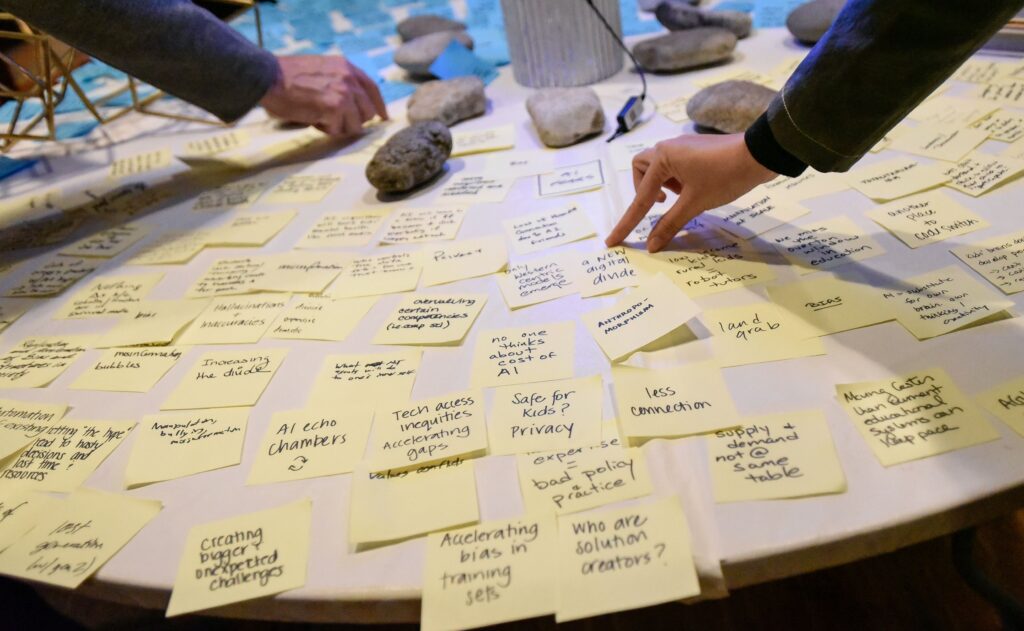









)


